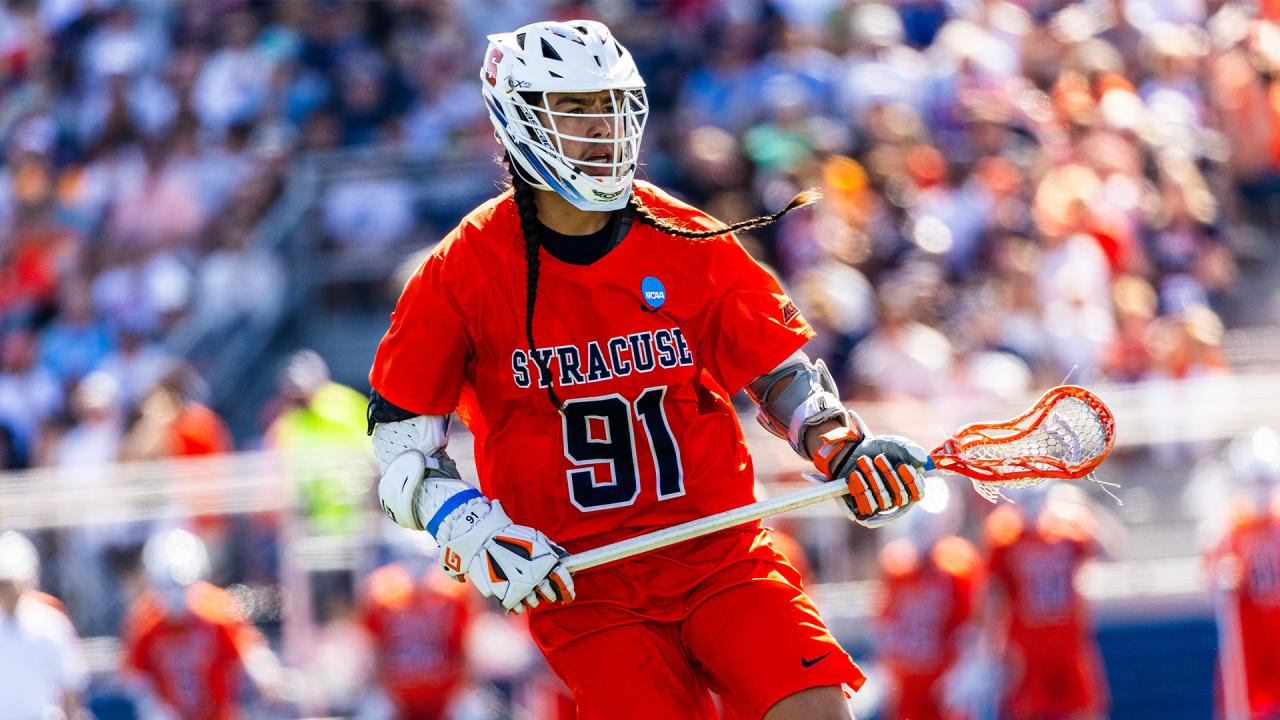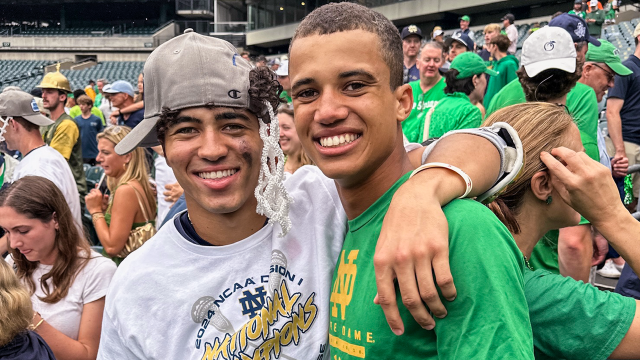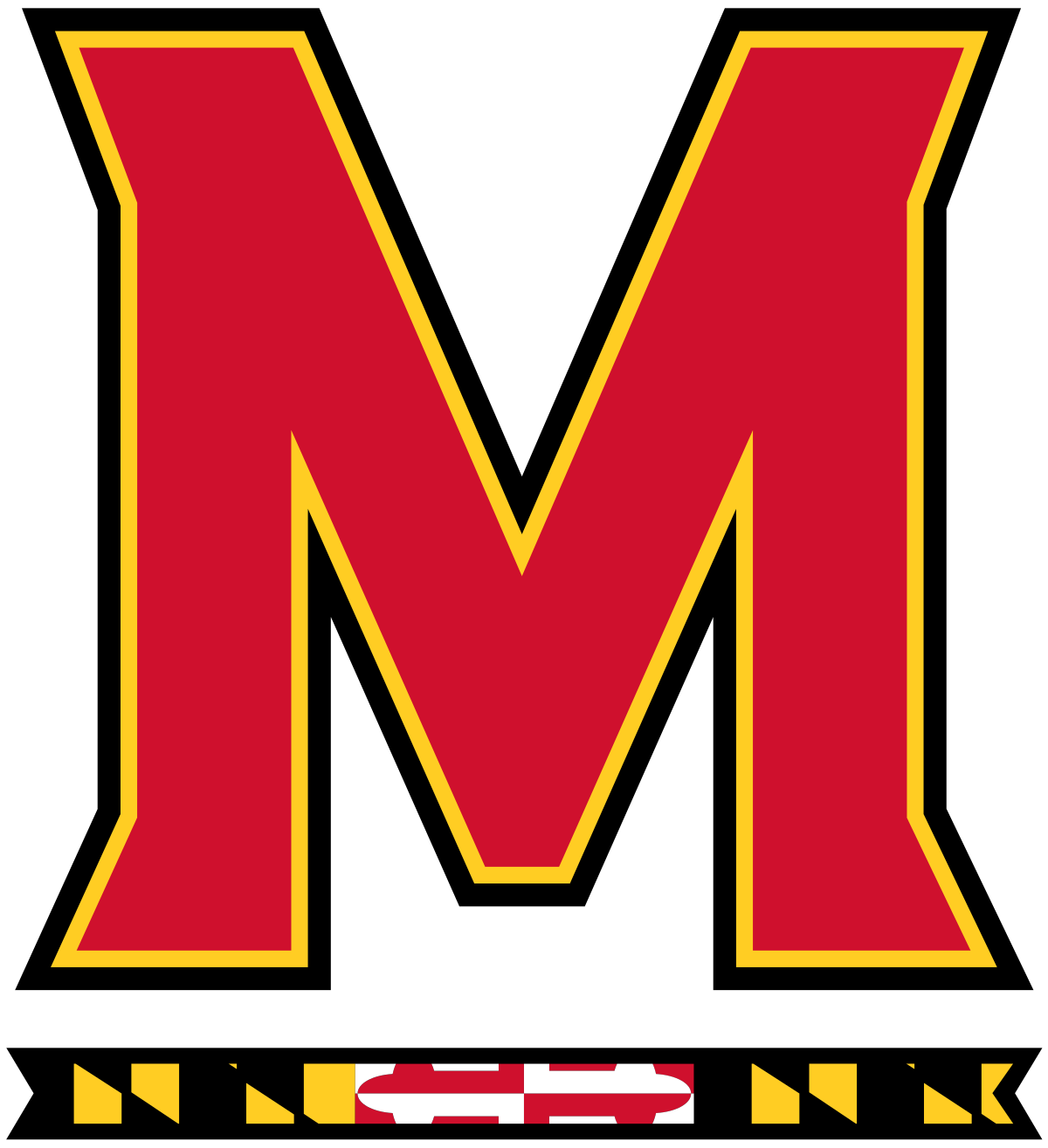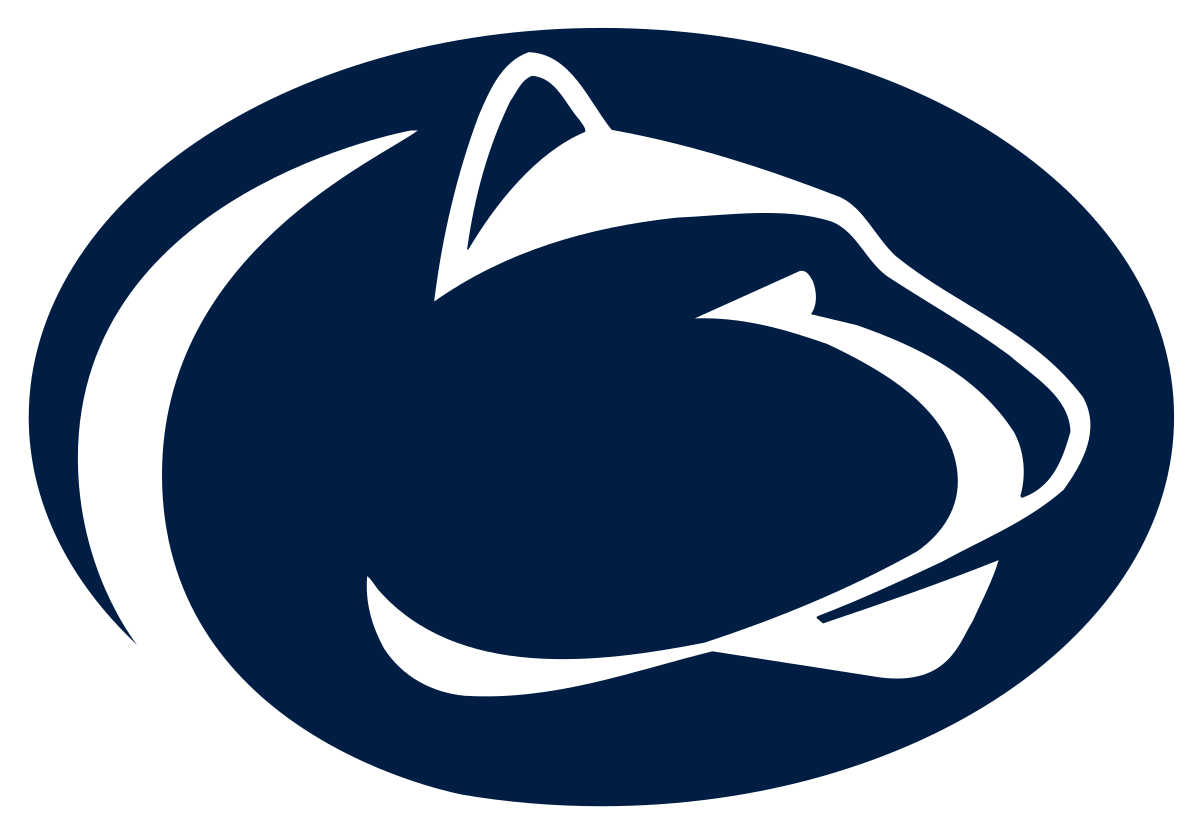
Quarterfinal Rewind: Record Attendance, Resolve in Spades
The NCAA’s record book for the men’s lacrosse tournament does not include a table listing the biggest comebacks in postseason history. And considering there have been north of 600 NCAA tournament games played since the event was established in 1971, it will probably take some time to scour enough box scores to provide a definitive answer.
Ultimately, there isn’t hard data immediately available to support the conclusion that Penn State’s eight-goal run in the final 19 minutes to down Notre Dame 14-12 on Sunday is one of the greatest comebacks in postseason history. But let’s not kid ourselves: It was one of the greatest comebacks in postseason history, for myriad reasons.
Penn State looked lost on offense for much of the first 40 minutes. After a strong first quarter, goalie Jack Fracyon looked vulnerable. The Nittany Lions weren’t winning many faceoffs.
Oh, and there was a two-time defending national champion on the other side gifted at salting games away, particularly when it was leading late in the third quarter.
Games can turn quickly, and Penn State was effectively back in it with a three-goal spurt to close the third quarter. But the Nittany Lions kept coming, kept wearing down an increasingly weary Notre Dame defense, split faceoffs in the fourth quarter and gummed up the Irish offense with a zone defense that ensured Fracyon didn’t face a shot on cage in the final 18:58. The Irish’s spotty shooting factored in, too.
Everything went wrong for Penn State, until everything went right for the Nittany Lions. Everything went right for Notre Dame, until everything went wrong for the Irish.
It mixed together for a memorable comeback, the end of Notre Dame’s reign and Penn State moving ever closer to establishing itself as a Memorial Day weekend regular with a third semifinal berth in the last six tournaments.
Orange’s resolve
So much ink — and so many, many more pixels — was devoted to Syracuse climbing back into national title contention over the last decade.
Now that it’s happened, it’s anyone’s guess what the Orange does in their first semifinal appearance since 2013.
Well, other than attracting a caravan of fans to Foxborough, Mass., which figures to goose attendance a bit next weekend. The NCAA cannot be displeased at this development.
But beyond simply beating Princeton 19-18 in one of the wildest postseason games in recent memory, Syracuse (13-5) also achieved a bit of a sporting cliché: It trusted the process.
The Gary Gait era has been one of steady progress. Terrible in year one. A youth movement the next season, with clear improvement in the second half of the spring. A postseason trip and a first-round victory in his third season, but also the disappointment of a quarterfinal loss.
And now the Orange have gone one step further than their immediate predecessor.
It’s harder than ever in college lacrosse to maintain a lengthy championship window. Syracuse has realistically opened one now. It’s just a matter of finding out whether the Orange’s progression has at least one more step in it beyond 2025.
Spiders, Hoyas set up for future runs
Richmond and Georgetown didn’t pull off second postseason victories after winning games at seeded ACC opponents in the tournament’s opening weekend. But both acquitted themselves well — and could very well be back for an even deeper run in a hurry.
The Atlantic 10 champion Spiders (14-4) advanced in the NCAA tournament for the first time, then played Cornell even for much of the day before falling 13-12 in the weekend’s first semifinal. Richmond had a chance to tie it coming out of a timeout with 26 seconds left, but an errant pass and an ensuing scrum for a ground ball allowed the Big Red to run out the clock.
That naturally leads to some hefty what-ifs, but it was still a stellar season for Richmond, which displayed exceptional connectedness at both ends of the field and should be even more comfortable on a large stage in the future after looking very much like a top-10 team in both of its games.
Georgetown (12-5) can even more justifiably feel like it maxed out this season. The Hoyas could have been forgiven if this turned out to be a rebuilding year, and they didn’t seem to have consistent answers until the final third of the season. But their offense figured things out during a five-game winning streak that propelled them through the Big East tournament and a first-round victory at Duke.
Next year, Georgetown figures to be older and deeper, even if there are some holes to fill at the offensive end with Aidan Carroll and Fulton Bayman out of eligibility.
“One of your goals is to have your team get better as the year goes on, and we certainly did that,” Georgetown coach Kevin Warne said. “So I was very pleased where we are. Of course we're disappointed, but we'll take a step back or two and realize we’re in pretty good shape as a program.”
Unseeded drought continues
A trend that has sort of quietly developed in recent years is a dearth of unseeded teams reaching the final weekend of the season.
Towson’s run to the semifinals in 2017 was the last time an unseeded team got past the quarterfinals. But at that point, it had become something of a norm. There were nine unseeded teams to reach Memorial Day weekend from 2006-17, with complete shutouts in only 2008, 2009 and 2014.
Five of them made a title game, and in 2016, North Carolina became the first unseeded team to win a national title.
But in the last seven tournaments, it’s crickets on that front. Unseeded teams are 0-12 in the quarterfinals since 2018 after Richmond, Notre Dame and Georgetown all lost over the weekend.
On the margins
The four quarterfinals were decided by a combined seven goals — a pair of one-goal games Saturday, plus Penn State’s two-goal victory and Maryland’s three-goal triumph on Sunday.
Close games aren’t always good games, but both of the games on Long Island (Cornell-Richmond and Syracuse-Princeton) were plenty riveting, and Penn State’s comeback against the two-time defending champions made that game memorable. As for Maryland-Georgetown, it was a 9-6 game in the shot clock era.
Was it as good a weekend as the 2019 and 2021 quarterfinals, which both featured three overtime games and one blowout (Penn State 21-14 over Loyola in 2019, Virginia 14-3 over Georgetown in 2021)? That’s debatable.
What’s not is the combined margin of victory was the smallest since 2002, when all four quarterfinals were decided by a goal.
CHART OF THE WEEKEND, VOL. I: DEEP-SIXED?
Syracuse is the 13th No. 6 seed to reach the semifinals in tournament history and will attempt to become the first to win a national title. No. 6 seeds are 2-10 all-time in the semifinals.
Year | Team | Outcome (Score) |
|---|---|---|
| 1973 | Virginia | Semifinals (12-9 to Johns Hopkins) |
| 1981 | Navy | Semifinals (17-8 to North Carolina) |
| 1983 | Maryland | Semifinals (12-5 to Syracuse) |
| 1984 | Army | Semifinals (11-9 to Syracuse) |
| 1989 | North Carolina | Semifinals (10-6 to Johns Hopkins) |
| 2001 | Towson | Semifinals (12-11 to Princeton) |
| 2004 | Princeton | Semifinals (8-7 to Navy) |
| 2011 | Denver | Semifinals (14-8 to Virginia) |
| 2014 | Notre Dame | Final (11-9 to Duke) |
| 2015 | Maryland | Final (10-5 to Denver) |
| 2022 | Rutgers | Semifinals (17-10 to Cornell) |
| 2024 | Virginia | Semifinals (12-6 to Maryland) |
| 2025 | Syracuse | TBD |
CHART OF THE WEEKEND, VOL. II: IN THE ANNAPOLIS
The Sunday crowd of 17,721 in Annapolis was the largest ever to attend an NCAA tournament quarterfinal. Navy has hosted eight quarterfinals since the NCAA went to predetermined sites in that round in 1996, and all of those have ranked in the top 19 in attendance among the 58 doubleheaders in that span. A look at the top five.
Year | Site | Attendance | Games |
|---|---|---|---|
| 2025 | Navy | 17,721 | Penn State-Notre Dame, Maryland-Georgetown |
| 2008 | Navy | 17,017 | Virginia Maryland, Johns Hopkins-Navy |
| 2011 | Foxborough | 14,122 | Maryland-Syracuse, Duke-Notre Dame |
| 2014 | Hofstra | 13,519 | Maryland-Bryant, Notre Dame-UAlbany |
| 2011 | Hofstra | 13,447 | Virginia-Cornell, Denver-Johns Hopkins |
FOUR GAMES, FOUR STARS
Ryan Goldstein, A Cornell — The sophomore table-setter had four goals and two assists, as the Big Red slipped past Richmond to earn a semifinal slot for the first time in three years.
Joey Spallina, A, Syracuse — Getting the Orange back to prominence was one of the animating forces behind the latest No. 22’s decision to come to Syracuse. He did his part, scoring four goals and adding four assists in the wild quarterfinal defeat of Princeton.
Matt Traynor, A Penn State — The senior had all the answers for the Nittany Lions, particularly in the second half. He finished with six goals and an assist, spurring Penn State’s comeback against Notre Dame.
Logan McNaney, G, Maryland — The sixth-year player made 11 saves while playing behind a staunch defensive unit, as the Terrapins rolled into yet another Memorial Day weekend appearance, giving up six goals in a defeat of Georgetown.
TEWAARATON WATCH
A look at how the Tewaaraton finalists fared this weekend.
CJ Kirst, A, Cornell — Not only is Kirst the prohibitive favorite to start with, he’s also the only candidate still left in the field. He had two goals and two assists against Richmond and is up to 76 goals on the season. The single-season Division I goals record of 82, shared by Yale’s Jon Reese (1990) and UAlbany’s Miles Thompson (2014), is within reach.
Coulter Mackesy, A, Princeton — The Tiger star collected a hat trick as part of the offensive barrage in his final game, a 19-18 loss to Syracuse. He closes his senior year with 44 goals and 19 assists in 17 games.
Chris Kavanagh, A, Notre Dame — The Irish senior had three goals and two assists in a loss to Penn State and wrapped up his final college season with 39 goals and 27 assists in 14 games.
TERPS GO SECOND … AGAIN
There are fewer sure things in college lacrosse than a John Tillman-coached Maryland team winning in the quarterfinals. The Terps are 11-1 in his tenure when a trip to Memorial Day weekend is at stake.
But one thing that is more certain is Maryland will be playing in the second semifinal if it gets that far. In all 11 of Tillman’s semifinal appearances, the Terps played the late game.
Sometimes — particularly when Maryland is the higher seed — this has caused consternation within the Terps’ orbit. The argument goes that with a quick turnaround time to Monday afternoon, a couple extra hours to recover can matter.
The results of late are tilted toward the first team to get through. Since 2007, the winner of the first semifinal is 13-4, with Maryland accounting for two of the exceptions in 2017 and 2022. (Duke in 2010 and Notre Dame in 2023 also won titles after winning the second semifinal.)
The order is set largely to satisfy TV, and that’s why this is one of the least surprising years that Maryland will play second. And it doesn’t even have that much to do with the Terps. Syracuse’s return to the semifinals after a dozen-year drought is the eye-catching story for casual fans, and the Orange seemed certain to get plugged into the late game as soon as it advanced.
Patrick Stevens
Patrick Stevens has covered college sports for 25 years. His work also appears in The Washington Post, Blue Ribbon College Basketball Yearbook and other outlets. He's provided coverage of Division I men's lacrosse to USA Lacrosse Magazine since 2010.

Related Articles








